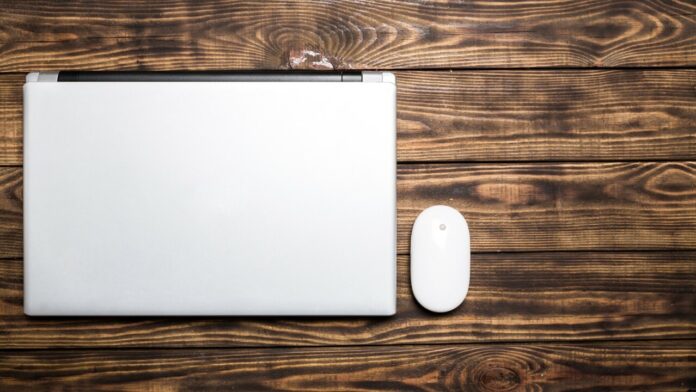It’s hard to imagine a world in which you can’t fold up your computer, stuff it in a bag, and take it with you anywhere. But if you prefer the ergonomics of a desktop computer, the convenience of a laptop just isn’t the same. Using a laptop at a desk means you’ll be hunched over looking at a display that’s too low, with a trackpad that just can’t match the comfort and precision of a mouse.
If you want a more comfortable office setup, you need to get the laptop out of the way. That means buying an external monitor, keyboard, and mouse to properly recreate the desktop experience. You can even invest in a good docking station (for a PC or Mac). There’s just one problem, though: By default, your computer puts your computer to sleep when you close the lid.
This isn’t ideal if you want to fold up your laptop and hide it out of sight while it’s docked on your workspace. (You could use your laptop as a second monitor, of course, but that takes up precious desk space you may not have.) Instead, you can tell your computer to not shut off when you close the lid.
Change Power Options in Windows
You can change this behavior in Windows 10 and Windows 11 from the Control Panel. The quickest way to do this is to open the Start menu and search “lid” and select the Choose what closing the lid does entry.
The Control Panel will open and a new menu will appear within the Power Options settings. From here, you can see options for when you press the power button or sleep button. What we want to focus on is the When I close the lid section, where you can set what happens when the laptop is on battery power and is plugged in.
The drop-down menu offers four options—Sleep, Hibernate, Shut down, and Do Nothing. For our purposes here, you should set it to Do Nothing when the computer is plugged in. This allows the closed laptop to continue functioning while it is hooked up to a power source, so you can use it as a desktop alternative without having to deal with the device itself.
You might then want to set it to Sleep for when it is using battery power, so as it conserve energy when you’re on the go. This will also make sure you won’t accidentally shut the lid and toss the laptop in your backpack while it’s still running, which can generate a lot of dangerous heat.
Recommended by Our Editors
Disable Automatic Sleep in macOS
You can do something similar if you have a Mac. Open System Preferences (or System Settings as it’s now called in macOS Ventura) and click the Battery button. From the Battery settings window, choose the Power Adapter tab on the sidebar to find controls for when the display should turn off.
Pull the slider all the way to the right so it is set to Never, which means your Mac’s display will never turn off automatically. You should also enable Prevent computer from sleeping automatically when the display is off to stop your Mac from automatically going to sleep. Now when you close the laptop, it will remain active and ready to use.
Like What You’re Reading?
Sign up for Tips & Tricks newsletter for expert advice to get the most out of your technology.
This newsletter may contain advertising, deals, or affiliate links. Subscribing to a newsletter indicates your consent to our Terms of Use and Privacy Policy. You may unsubscribe from the newsletters at any time.
Hits: 0


















